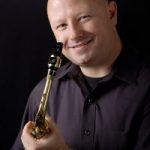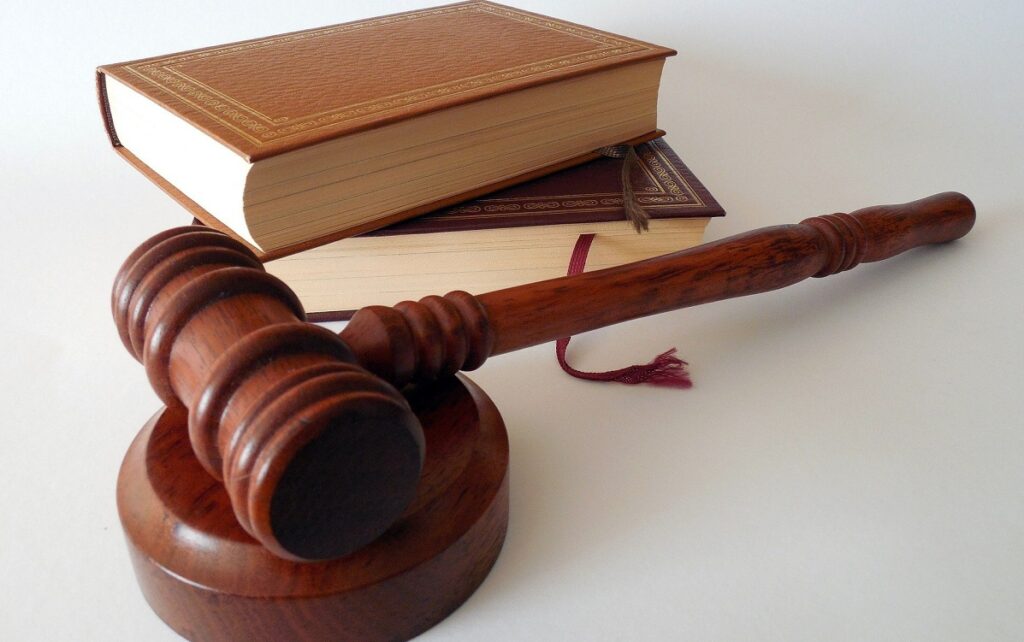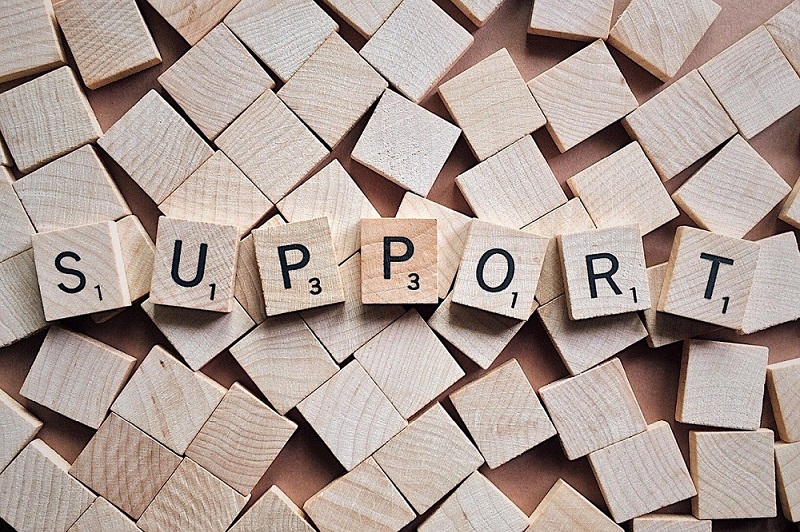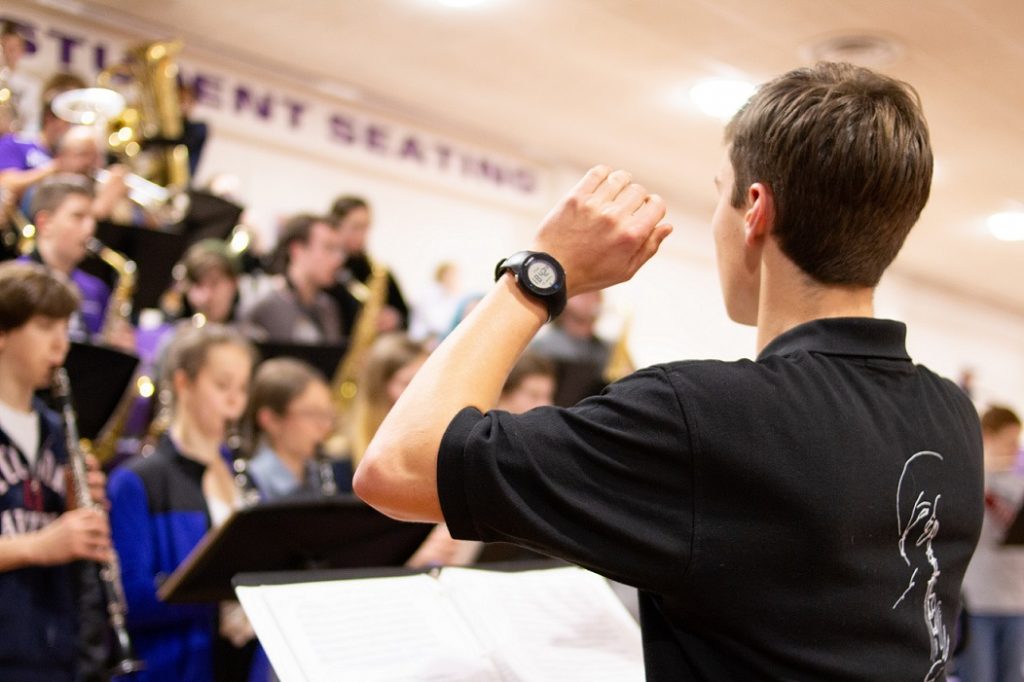Tagged Under:
Finding (and Funding) a Way for Music
Create a win-win situation by learning how your district distributes and uses Title IV-A funds.
We can all agree that the conditions surrounding the COVID-19 pandemic have been challenging in ways no one could have anticipated. These circumstances have brought about new processes, new thoughts, new connections and new obstacles.
No matter what, music educators like us have always found a way to keep the success and health of our students at the forefront of everything we do. Providing students with the best possible musical experiences is our primary goal. Finding ways to help students achieve requires high-quality instruction, appropriate facilities, and quality instruments and equipment. All of these components have a common need: funding.
The “Fun” in Funding?
Acquiring and maintaining proper funding for school music programs has been and always will be a principal concern for music educators at every level and in every state. Many programs rely on a combination of district and fundraising dollars to provide for their students. Sometimes, and unfortunately, programs rely entirely on monies provided by outside sources. Often, music programs find themselves far short of their actual needs.
Music educators must balance their professional fundraising and marketing skills and teach a little music here and there. Even school systems with tremendous community support and significant financial resources find themselves with unanticipated or additional needs at various times through the years.
ESSA and Title IV-A: A Winning Combo
Currently, there are some special grant programs for education that are part of larger COVID relief packages that you can read about here. In this article, I’m focused on funding that is tied to the Every Student Succeeds Act (ESSA), which passed in 2015. ESSA’s hallmark for music educators and our students is its provision for a “well-rounded” education for all students, which means that the arts are now an essential part of every student’s academic experience. Of course, music educators have always known this, but now everyone else does too!
One of the most exciting and impactful provisions of ESSA is the availability of Title IV-A funds. These grants are provided to states to provide students with additional educational opportunities, courses, healthy and safe schools, as well as teacher training, equipment and supplies.
Of course, one of the essential elements of any instrumental music program is access to instruments. There is simply no substitute for having the ability to provide quality and reliable equipment
Success! Now for the “Fun”
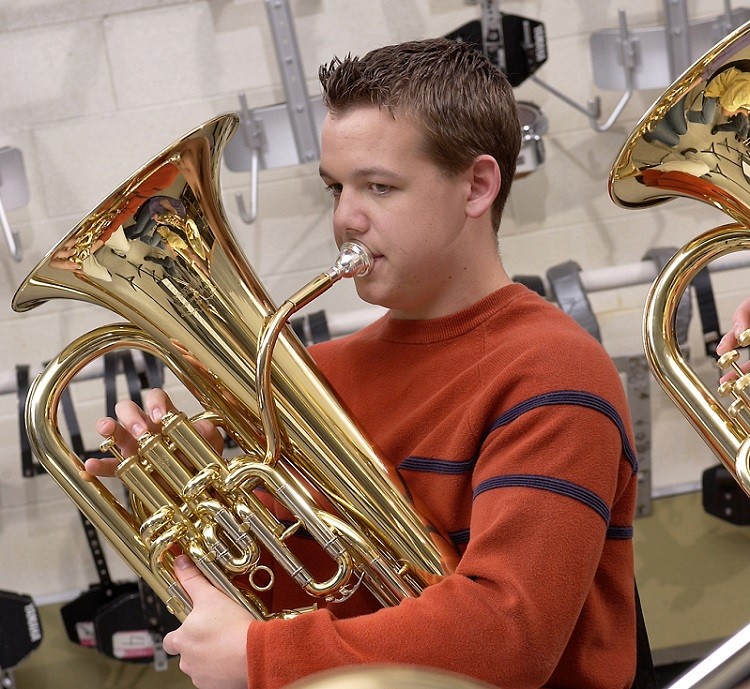 Located in metropolitan Atlanta, the Cobb County School District is the 23rd largest school system in the United States. With over 107,000 students in 111 schools, we are the second largest school district in the state of Georgia.
Located in metropolitan Atlanta, the Cobb County School District is the 23rd largest school system in the United States. With over 107,000 students in 111 schools, we are the second largest school district in the state of Georgia.
In grades K-5, all students receive music instruction from a certified music teacher as a part of their school day. In grades 6-12, each of our 25 middle schools and 16 high schools offer band, chorus and orchestra classes. All told, over 70,000 students participate in our music programs each and every year.
Our music education programs are incredibly fortunate to enjoy incredible community support year in and year out. Our families consistently rank participation in fine arts programs as a top priority in their students’ educational experience. The Cobb County School District’s leadership understands the value that the arts have in the lives of every student and work tirelessly to provide the teachers, facilities and equipment necessary to increase student success.
As a result, our fine a rts department was given access to $150,000 in Title IV-A funds this school year. As a department, we decided to distribute funds among our music, theatre, dance and visual arts programs.
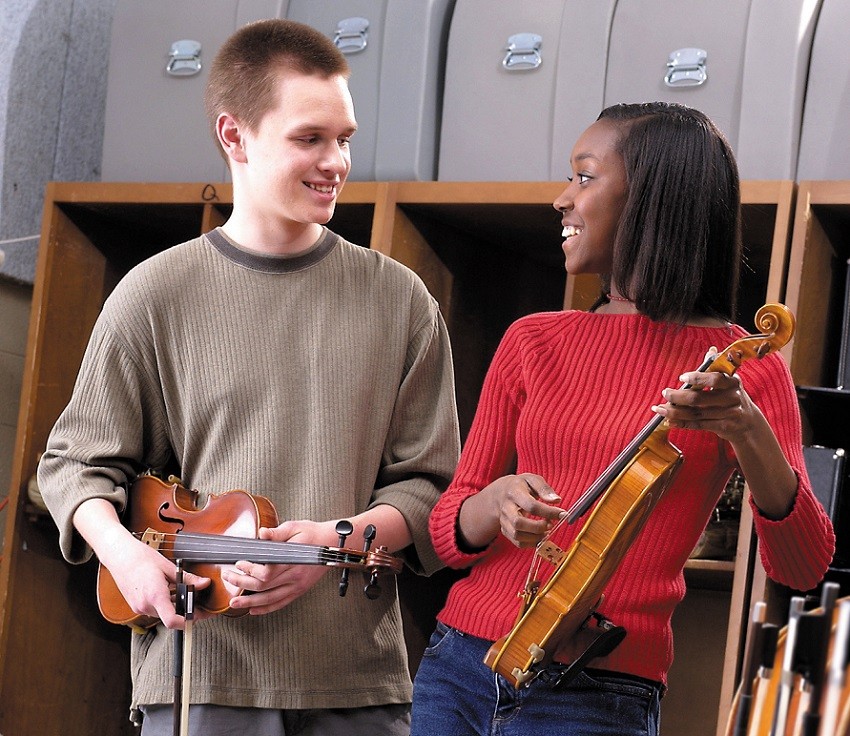 For instrumental music, we provided band and orchestra instruments for programs with the greatest need. The school district provides funding yearly for larger and more costly instruments and equipment, including low-brass instruments, double reeds, low saxophones, percussion, cellos and basses. Other instruments like violins, violas, flutes, clarinets, trumpets and alto saxophones are usually provided by the students themselves
For instrumental music, we provided band and orchestra instruments for programs with the greatest need. The school district provides funding yearly for larger and more costly instruments and equipment, including low-brass instruments, double reeds, low saxophones, percussion, cellos and basses. Other instruments like violins, violas, flutes, clarinets, trumpets and alto saxophones are usually provided by the students themselves
Recently increased student enrollment in many of our band and orchestra programs have produced a need to help provide these smaller instruments and equipment so that any student who wishes to participate can do so without financial concerns as a possible barrier
We provided this rationale to our Office of Support and Student Services, which administers Title IV-A funding for our district, and we were approved immediately. We were then able to provide many instruments to schools for distribution to our students to grow with and enjoy.
Looking Ahead
Going forward, we intend to continue to provide instruments and equipment, including updated technology for our music programs. There are numerous possibilities for this renewable funding source, and it can indeed alter the trajectory of music education in every school district.
Create a win-win situation for your students, district and community. Learn how your district distributes and uses Title IV-A funds. Run, don’t walk! You can help provide a significant positive impact on student lives TODAY.
Yamaha is an active advocate for music education, and we want to empower music educators to strengthen their programs in any way we can. Please register for the Yamaha Educator newsletter to read up on advocacy, professional development, information about instruments, resources, partnerships in education and more. Join the Yamaha Music Educator Community on Facebook or email us at educators@yamaha.com.









